(23 products available)
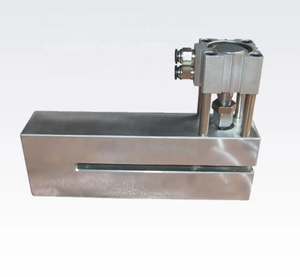


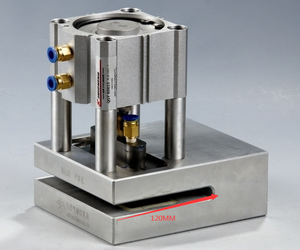









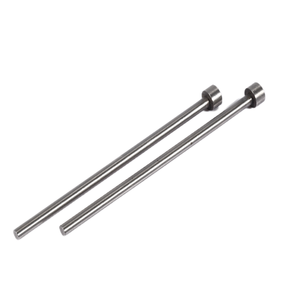






































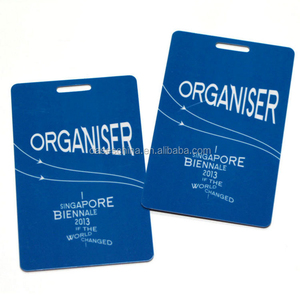




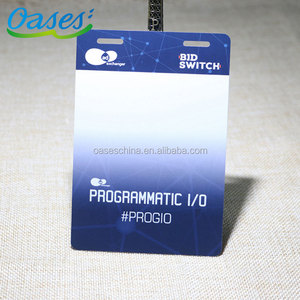




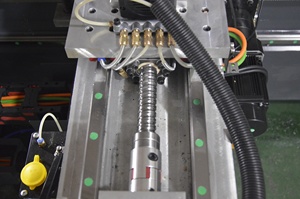

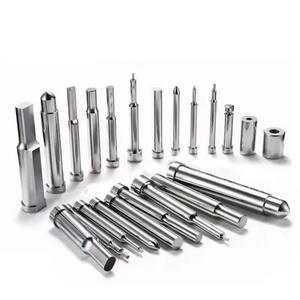






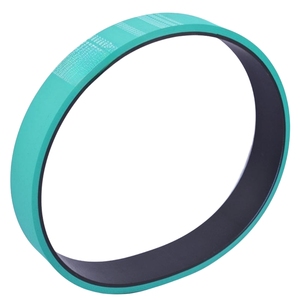




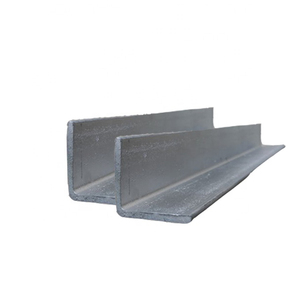




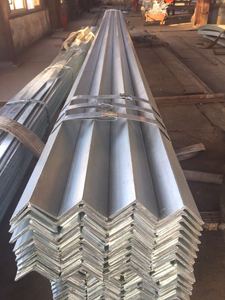
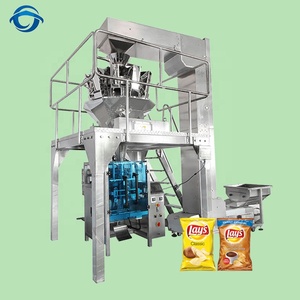










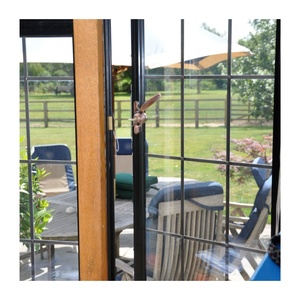

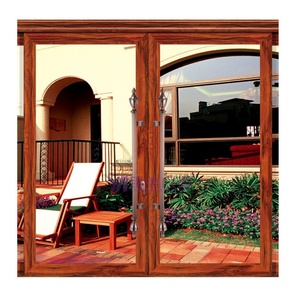











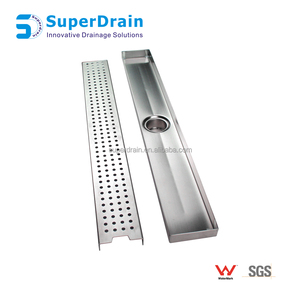



A vertical slot punch serves manifold cutting requirements. Below is an enumeration of the synonymous variations classified by functionality and usage.
The manual vertical slot punch is an efficient tool that requires physical operation to shape materials. These punches are often used in small-scale operations or for intermittent tasks where only a few slots need to be punched. Because they are manual, these punches offer more control over the depth and precision of each punch, making them suitable for detailed work such as specialty cards or custom labels.
As the name suggests, the electric vertical slot punch uses power to facilitate the punching process. This type is generally more efficient and productive since it requires less physical force; thus, it is ideal for larger-scale operations. Electric punches are typically employed where many slots are required to be punched at once. Because of the automation, these machines are also more homogeneous in output.
A pneumatic vertical slot punch uses compress air to execute punching. These punches are commonly used in industrial applications. They are highly productive, offering great speed and power. Pneumatic punches provide a rhythmic operation that is suitable for high-volume production lines, such as manufacturing plastic or metal components requiring numerous identical slots.
A compound vertical slot punch combines punching dies and presses to make complex shapes. This kind of slot punch is used where simple slots are not required but instead need intricate designs or multiple slot openings in one go. Compound punches work well in heavy-duty operations since they can deal with thicker materials and produce high-quality brilliant results.
The materials used and the durability of vertical slot punches differ widely. This is essential to carefully consider when selecting a punch depending on the materials that need to be punched and the frequency of use.
Carbon steel is a common punching material because it is durable and cost-effective. Carbon steel punches are often used where punches discreteness and longevity are essential. Carbon steel punches can also be heat-treated for added strength, making them ideal for heavy or frequent use.
High-speed steel (HSS punch machine) is standard for punches exposed to great-speed machining operations. HSS punches retain hardness even at elevated temperatures, making them suitable for intensive tasks. HSS punches generally stand the test of time, making them ideal for applications needing longer tool life with fewer breaks.
For applications requiring greater temperatures and speed, cobalt-alloyed steel punches are sometimes used. The Cobalt provides excellent wear resistance and hardness, which may be required to perform under extreme conditions. Such punches are typically used in die-casting or forging, where durability is essential for long production runs.
Tungsten carbide is the hardest material used for vertical slot punches. Because of their toughness and density, carbide punches have a very long lifecycle and resist wear. Tungsten carbide punches are often used in high-precision applications where punch tolerance is critical. Although more expensive, punches are worth the cost as they reduce downtime through fewer punch replacements.
Tool steel punching tools are versatile punches used for their strength, hardness, and resistance to deformation. Tool steel punches are commonly used for machining purposes and withstand wear and tear over extended use. They are frequently heat-treated to improve durability and are suitable for complex or heavy-duty punching operations.
The vertical slot punch has configurational worth across conglomerates, with some advantages to profitability. Below is a list of typical business applications.
Vertical slot punches are commonly used in manufacturing settings. For instance, manufacturers use vertical slot punches for metal, plastic, and other materials. They create slots or openings for assembly parts. Their precision and repeatability increase operational efficiency, reducing the need to replace tools or increasing productivity.
The automobile industry uses vertical slot punches to create intricate designs, such as cutting metal sheets or other materials to be used in making vehicle parts. The punches make this achievable by creating slots, helping enhance the strength and functionality of the final components. The vertical slot punch tool eliminates manual labor, improving production speeds and reducing human error, benefiting overall assembly efficiency horizontally.
Vertical slot punches are used to cut materials, including metal foils and insulating layers. Those materials are widely used in circuit boards and other electronic devices. Their precision ensures that slots are cut correctly, improving the performance of electrical components. Punches are also used to help minimize waste material, which is critical in the industry's cost-saving efforts.
In the construction industry, vertical slot punching is used with insulation and structural materials. Contractors use punches to create openings in electrical wiring, plumbing, or HVAC systems. This streamlines the installation process, reduces the need for manual cutting, and helps ensure that materials are fitted correctly. Increased accuracy aids in better project management and reduces rework costs.
The vertical slot punches usefulness in creating slots for handles, vents, and other features makes it ideal for the packaging industry. It is applied to cartons, plastic containers, and other packaging materials. The slot puncher increases packaging efficiency by allowing quick and precise punching without the need for separate cutting tools. This leads to better production rates and lower costs in high-volume packaging operations.
A few key factors need to be considered when choosing a vertical slot punch. Below are some of these key elements essential in aiding the selection process.
It is vital to determine what size and shape slots need to be punched into the material. There are many vertical slot punches with different sloth sizes and shapes. A punch that makes slots with the right dimensions and configurations for the job must be selected to ensure accuracy and avoid extra wastage.
Punching tools are made from carbon steel, HSS, or tungsten carbide, among others. What material will be punched should also determine the material of the vertical slot punch? If the slot punch is made of inferior material that cannot handle the material to be punched, the punch will wear out easily, and there may be accuracy issues. So, choosing a punch with the right material is vital for long-lasting use.
The production volume requirement will determine the type of vertical slot punch to use. A manual punch may be enough if there are low production volumes. For high production levels, electric or pneumatic punches may be more suitable, as these will accomplish the task quicker and with more consistency. The production volume is vital for choosing the right punch in order to meet operational efficiency.
Another important consideration is the precision and tolerance required for the punching operation. If high accuracy is needed, a high-precision punch should be chosen to ensure that the slots are cut consistently within the desired measurements. This is particularly important in industries where small variations can significantly impact the performance or assembly of parts, such as aerospace or electronics.
It should also be checked if the punch is easy to operate and maintain. It is pertinent to consider the operational methods, tool changes, and overall upkeep requirements. Proper training should not be required for easy use, and routine maintenance should be straightforward to minimize downtimes and optimize productivity.
A. Vertical slot punches are used to create precise slots or openings in various materials, such as metal, plastic, or paper. They are widely used in manufacturing, automotive, electronics, and construction industries to enhance the assembly process and improve efficiency.
A. The vertical slot punch is designed to place the punch in a vertical position over the material to be punched. Once placed, pressure is then applied to the punch to drive it into the material, forming a slot that accommodates various needs and bearings.
A. Manual vertical slot punches require physical force to operate, making them suitable for small-scale or occasional tasks. In contrast, electric vertical slot punches are powered machines that provide faster and more consistent results, ideal for high-volume production.
A. Vertical slot punches are commonly made of carbon steel, high-speed steel (HSS), cobalt-alloyed steel, or tungsten carbide. Each material is chosen for its durability and resistance to wear, depending on the specific punching requirements.
A. When choosing vertical slot punches, several factors must be considered. These factors include the slot size and shape, material compatibility, production volume, required precision, and ease of use and maintenance. The vertical slot punch can accommodate various operational needs by assessing these factors.